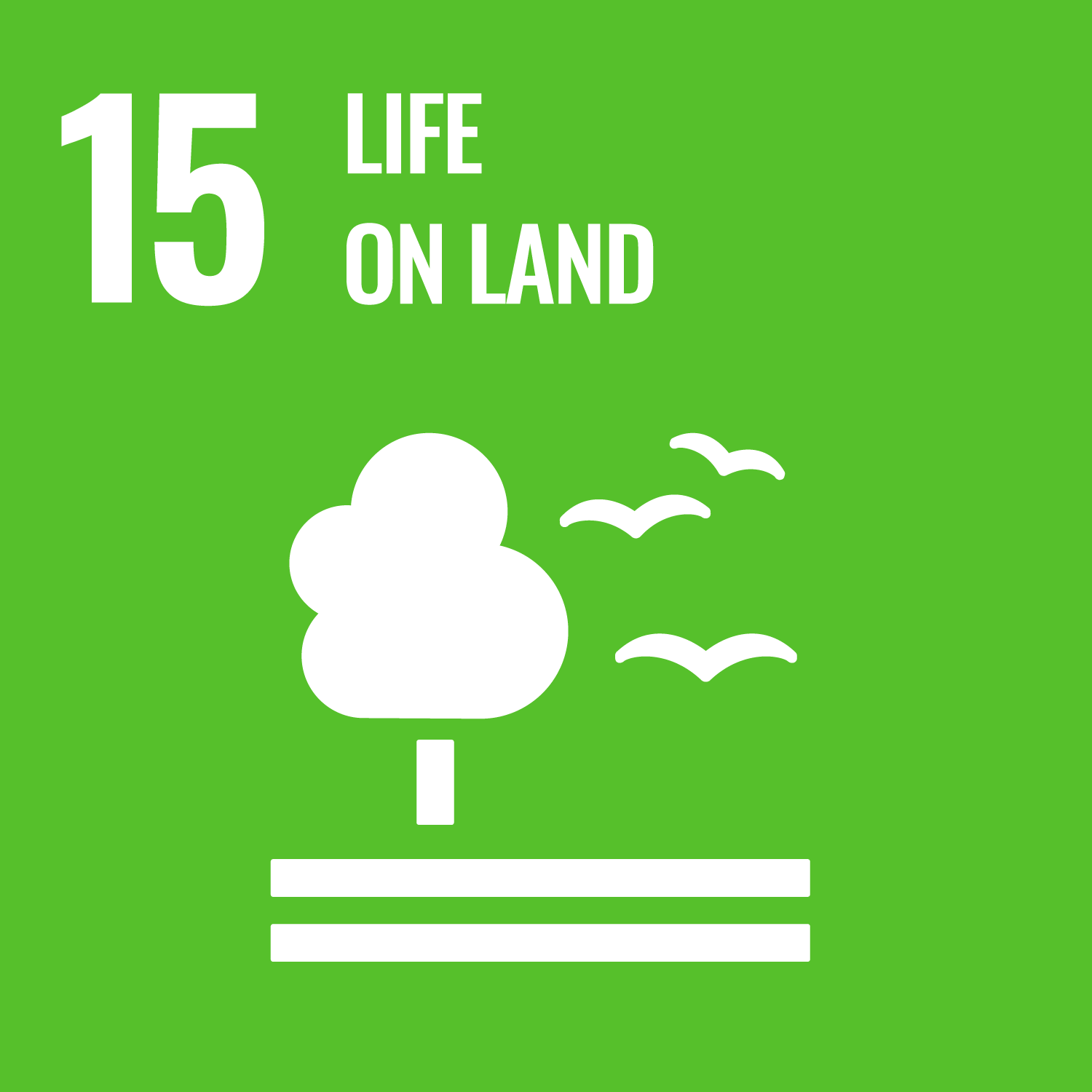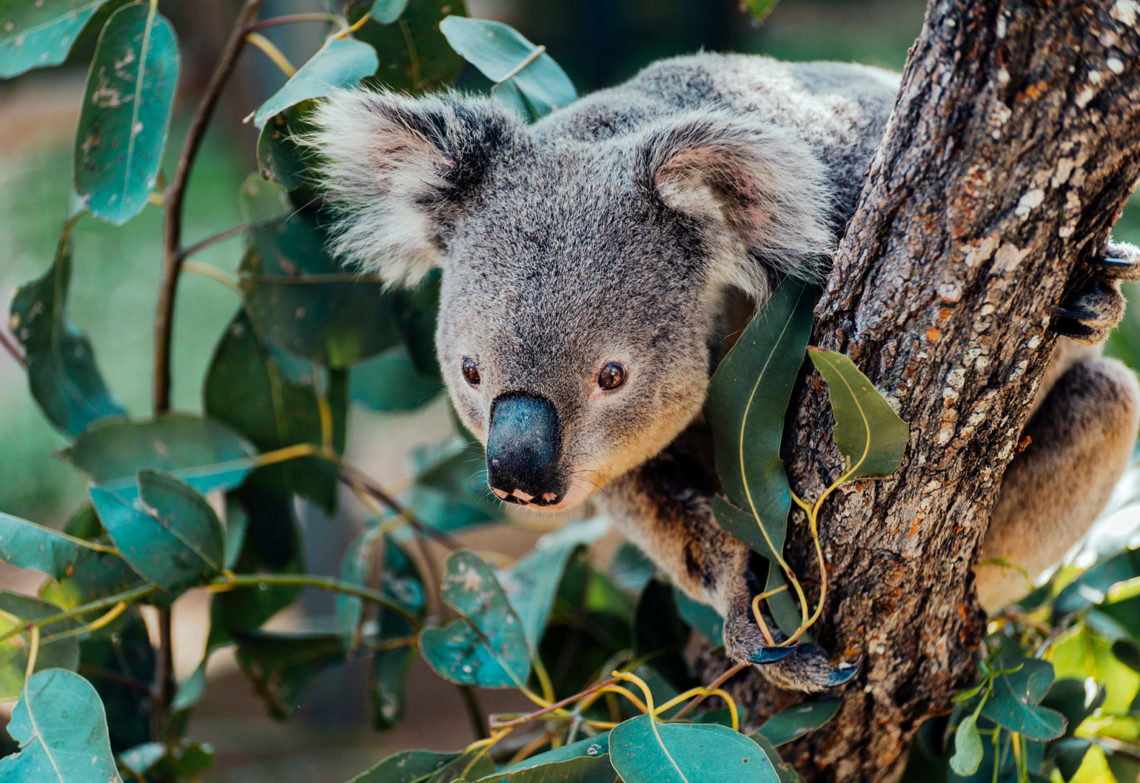The first World Engineering Day for Sustainable Development will be held 4 March 2020. To celebrate, we asked members of the profession how engineers can contribute to each of the 17 UN Sustainable Development Goals.
GOAL 15: LIFE ON LAND
Of the 8300 known animal breeds, 8 per cent are extinct and 22 per cent are at risk of extinction.
The recent bushfires across Australia have decimated populations of native flora and fauna, raising concerns about the country’s biodiversity – among the most unique in the world.
But even before this bushfire season, koala numbers were already in serious decline, mainly due to deforestation.
 Tasmanian devils, already under threat from a horrific disease, are being killed by vehicles on Tasmanian roads.
Tasmanian devils, already under threat from a horrific disease, are being killed by vehicles on Tasmanian roads.
And the platypus is suffering, experts suspect, from human impact on the natural waterways in which they live.
To convince policy-makers to pass legislation that protects these animals, conservationists have to prove that numbers have declined to the point where their continued existence is under threat.
This means conservationists have to actually find the animals — which in the waterways, treetops and on the forest floors where they live is not easy. But there are some clever solutions to these challenges.
A numbers game
Researchers from the Queensland University of Technology are using drones containing heat-seeking sensors to locate koalas in the forests around Brisbane.
The information collected by the camera is fed into an algorithm, which works out whether the animal giving off the heat signature is a koala or some other animal.
In Victoria, the Hazelwood Forestry Company also uses drones with thermal cameras to check out the forest for koalas before trees are felled. When a koala is found, the company relocates it under a government permit.
To check platypus numbers, ecologist Josh Griffiths from conservation company Cesar uses genetic sequencing technology to check water samples taken from known platypus habitats.
Griffiths, who is working with the University of Melbourne and San Diego Zoo Global on this project, explained that such a sample might only contain a tiny trace of platypus DNA, but also genetic evidence of lots of other animal species.
“We might get up to 30 million readings in one sample, so we have to be able to cross-reference what is what by comparing it to a database of DNA profiles,” he said.
“We use a MiSeq sequencing machine that sorts through the DNA traces, and quantitative polymerase chain reaction technology to amplify the tiny samples so we can detect them.”
Saving the devil
Down in Tasmania, efforts are underway to protect Tasmanian devils from the dangers presented by cars and highways.
The Tasmanian Government’s Save the Tasmanian Devil Program (STDP) is working with Wildlife Safety Solutions, a company that designs posts containing optical sensors, on a project that the conservationists hope will save devils, as well as many other animals, from being killed on Tasmanian roads.
“When a car comes past, at night with its headlights on, the sensor picks up a sudden increase in light from a car headlight and triggers an alarm, which then emits a sound and a blue and yellow strobe-type LED light,” said engineer Jack Swanepoel, the CEO of Wildlife Safety Solutions.
Swanepoel said that any animal nearby will be alerted and look up from what it’s doing in time to avoid the car.
“Ordinarily, by the time they hear the car, the animal is startled and it’s too late,” he said.
Swanepoel is currently trialling his virtual fences elsewhere in Australia.
End game
The ultimate goal of this work, said Griffiths, is that authorities will think more carefully about the environmental impact of what is being built and the practices they use.
So that’s road systems with wildlife crossings. Reservoirs and dams that don’t interrupt the natural flow of the water systems and the movement and interaction of the animals within them.
“We need a built environment that allows environmental flow and protects natural values,” Griffiths said.
“We don’t want to be sitting here in 50 years wondering what has happened to Australia’s most iconic animals.”
Ready to celebrate engineers building a more sustainable world?


![[Free Download] Whitepaper: Guide to Metal 3D Printers – How to find the right metal 3D printer for your business](https://createdigital.org.au/wp-content/uploads/2020/03/Nieka-Systems-02-75x75.jpg)
